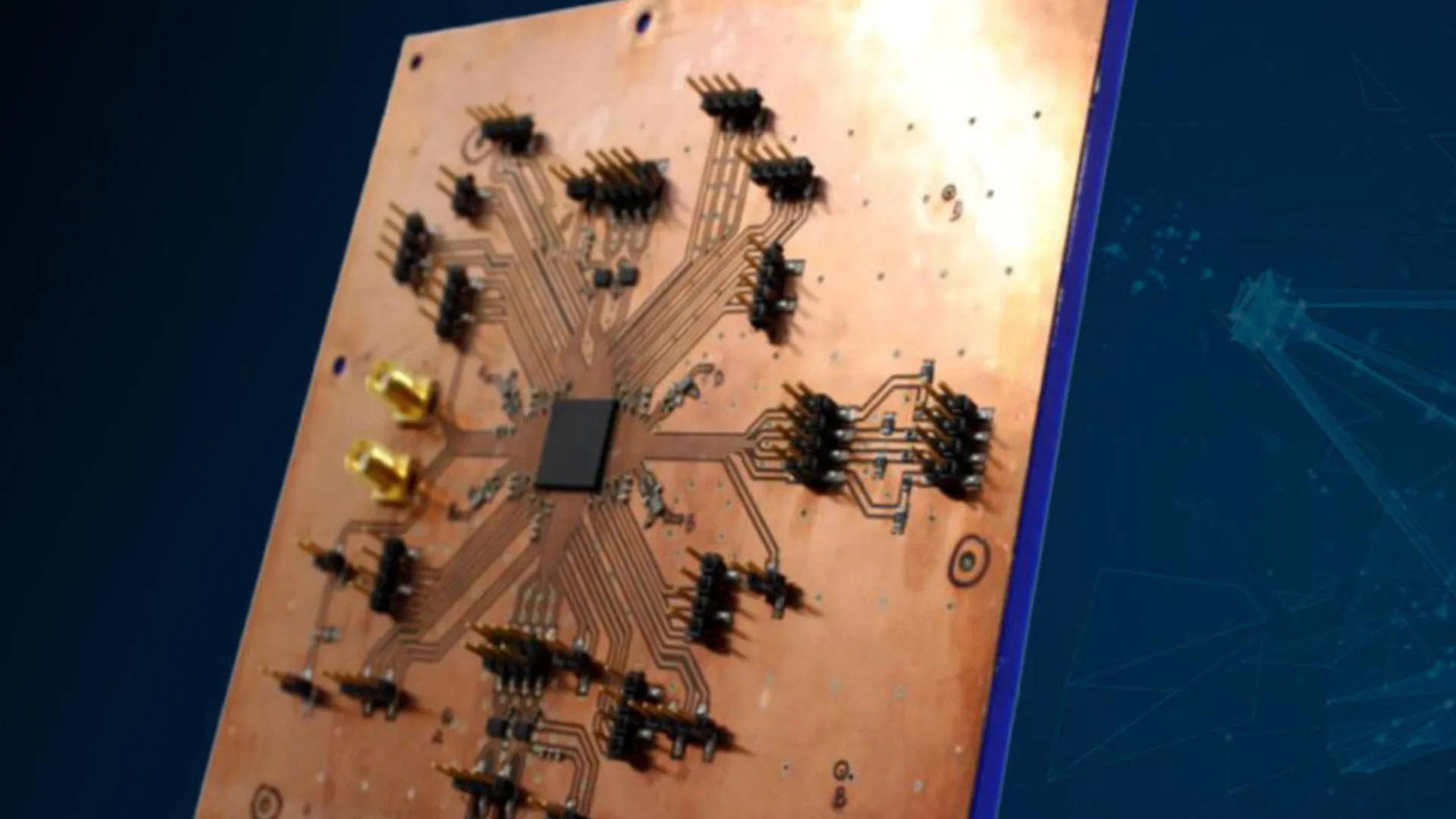Copyright Slate

Sign up for the Slatest to get the most insightful analysis, criticism, and advice out there, delivered to your inbox daily. Pennsylvania voters have rejected a Republican effort to remove three Democrats from the state Supreme Court. The stakes of Tuesday’s election were high: Had Pennsylvanians voted to remove the justices, the state Supreme Court would go from a seven-member court with a Democratic majority to a four-member court with a complete ideological split. The three justices’ vacant seats would not be filled until another election at the end of 2027. Pennsylvania’s Supreme Court holds these kinds of votes for its justices regularly. The justices are first elected in partisan elections, but at the end of their 10-year terms, voters then decide whether to extend them for another 10 in nonpartisan elections. Once in, justices rarely get voted out, but Republicans campaigned hard this year in the hopes of changing the balance of power on the state’s court. But if the justices are booted, the seats become open again, and the voters once again decide who will be placed on the court at the next elections. The court currently has seven justices, two of whom are Republicans. So if the three justices on Tuesday’s ballot were ousted, and if Republicans had then successfully replaced them with their own judges at the next election, then went on to lose those three seats, the GOP would have flipped the court. Tuesday’s election quashed those hopes. For all three justices, voters overwhelmingly voted to keep the justices in their seats. A Republican victory Tuesday night would have whittled down the state’s top court. Democratic Gov. Josh Shapiro would technically have the power to appoint temporary replacements, but the Republicans who control the state Senate would be unlikely to confirm any. That would have left the court with only four justices, split evenly along ideological lines, until an election could be held at the end of 2027. Who controls Pennsylvania’s Supreme Court has significant ramifications for state policy—as the court rules on contentious matters such as abortion and environmental rights—and for national politics. Disputes over districting and election law could come before the state court ahead of next year’s Midterm elections, as well as ahead of the 2028 presidential, when Pennsylvania is again poised to be pivotal in the outcome. Pennsylvania’s status as the preeminent swing state is also why election watchers around the country had been eagerly anticipating Tuesday’s result—looking to it as a bellwether for bigger contests to follow. But drawing conclusions about 2026 or 2028 from Tuesday night’s results is complicated. It was, specifically, a retention election, which means voters were deciding whether to give three judges another 10-year term or schedule another election. There were no other dramatic statewide elections to drive voters to the polls, and, most crucially, this was a nonpartisan election. There was nothing on the ballot to indicate the justices’ party affiliation. This meant that any Democrats thinking about what this election portends should moderate their excitement. According to Marc Meredith, a political science professor at the University of Pennsylvania, this election told us virtually nothing about the population of voters who aren’t highly clued in to state politics. Voters who showed up for their local school board or for Pittsburgh’s mayoral contest, for example, might have known nothing about the judges—and therefore had no reason to vote not to retain them. “I assume a lot of people will learn there’s a Supreme Court retention vote on the ballot when they get in the voting booth,” Meredith said in an interview Monday. Republicans, Meredith said, should not fret about their loss: They were facing extremely long odds from the start. In fact, Michael Nelson, a political scientist at Penn State, said, what’s more telling about the parties’ strength in the state is that the Republican Party campaigned so hard in the first place. “It’s so rare that a state Supreme Court judge loses a retention vote that when you teach classes, you talk about each of the people who lost individually,” Nelson, who teaches about law and courts, said. Nelson said that he had personally received more mail—from both parties—about the judicial election than he did about the last presidential one. The number of lawn signs, too, have been unusual. “I’ve been describing it to people as Iowa caucus-level campaign activity,” he said. “For a judicial election, it’s kind of an unheard of level of stuff going on.” This shows that both parties saw the state Supreme Court as crucial for their agendas. But it also showed Republicans had some faith in their own mobilization efforts. They raised millions from outside groups and framed the effort to oppose the vote as a vote for “term limits.” President Trump also weighed in on social media, urging Pennsylvanians to vote against the judges, who he said had “unlawfully gerrymandered our Congressional maps, which led to my corrupt Impeachment,” in reference to the court’s rejection of a Republican-drawn congressional map that it found to be unconstitutional. Meanwhile, the U.S. Supreme Court is leaving more cases for the states to decide, under its current makeup. As a result, Nelson said, state supreme courts are becoming increasingly important to both parties. “For us to be headed into an election like this, where you’re willing to spend so much money to confront miniscule odds—It’s something you only do if it’s so important to you,” Nelson said. “I’d expect more hard fought retention elections in the coming years. This isn’t an aberration.”



